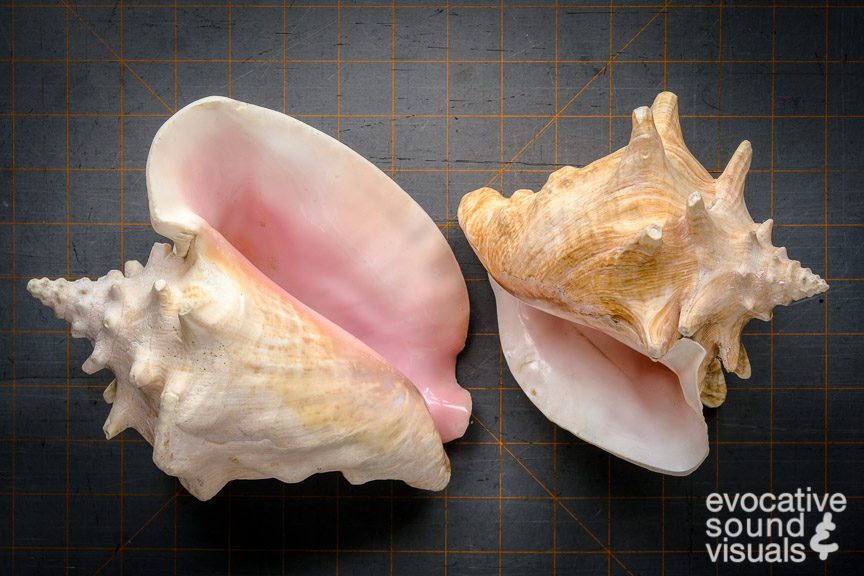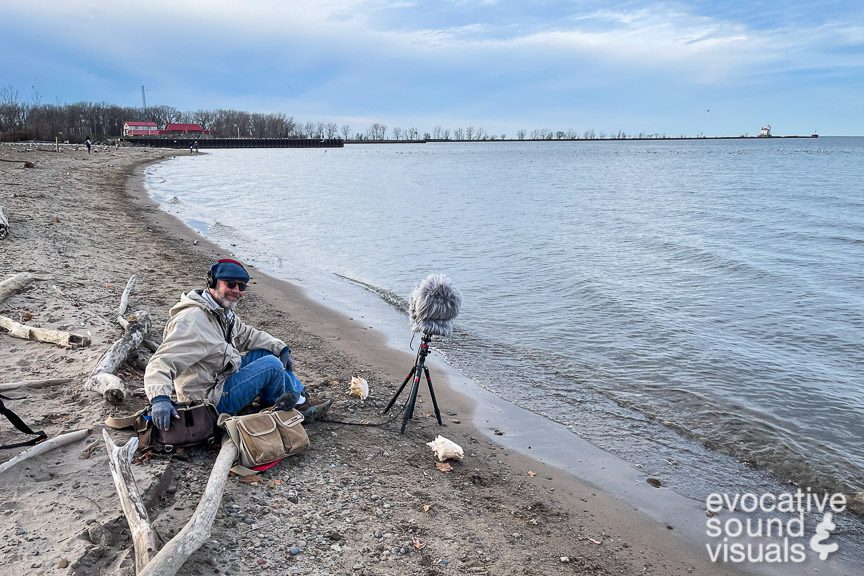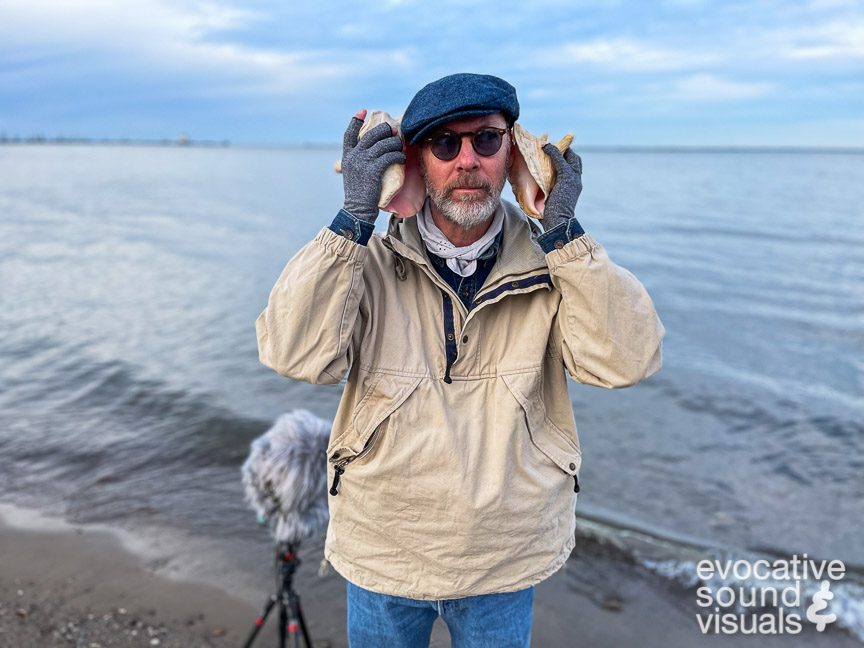For my three siblings and me, many of our summer vacations would begin this way. Early in the morning on V-Day, my parents would load us up into our green, vinyl-topped Plymouth Fury III. A boat of an early 70s automobile if there ever was one. Far away from Dad’s outstretched arms, the backseat of this gas-guzzling monster was big enough to play in, pick fights with my sister in and sleep in. It was everything a little kid could wish for. I can’t remember ever pulling out of the driveway on Dad’s schedule. His written itinerary was screwed even before the get-go.
After much consternation and gnashing of teeth, we’d frantically hit the highway. We were bound for Florida’s Gulf Coast. Dad’s sister lived along it, and we adored her company. Jokes around the dining table, her head rubs that would put me fast asleep. Great memories. But if I’m honest, the nearby beach was a close second.
When not trying to stay afloat in the Gulf, I can remember walking up and down Bradenton Beach. I’d zigzag between rental umbrellas to pick up sand-encrusted seashells of all colors, shapes and sizes. There were a lot of bleached-out Sand Dollars. You’d be lucky to find them intact. The big prizes were conch shells. These were few and far between as far as I can remember but worth the hunt. I’d collect my day’s worth of shells in my yellow metal pail used for serious sand castle construction moments before. Then rinse them off with a long-knotted hose located where the beach meets the parking lot.
Then, back in the car on the return trip home, I’d put those conch shells up to my ears. My parents said what I was hearing was the sound of the ocean. Wow, I thought. How could this be? When you’re little, and your parents tell you something, you tend to believe them. Regardless of whether it seems a little farfetched.
Fast forward to a few weeks ago. This time, instead of maneuvering between beach umbrellas and bottle caps, I was weaving in and out of aisles at a local thrift store in northeast Ohio. I spotted a large Queen Conch shell, sitting amongst a bunch of discarded junk and other useless trinkets. This one was bigger than anything I could have ever imagined discovering in my youth. Instinctively, I placed it to my ear. And just like my parents told me, I could hear the sound of the ocean.
Of course, I’m a few years older now. Just like Santa Claus and the tooth fairy, I know what my folks said wasn’t exactly true. Rather, what you’re hearing is the sound of whatever environment you’re in. The sound is captured, filtered, and bounced around through the chambers of the shell you’re holding. Sadly, it’s not quite as magical as we’re led to believe.
Still, I was determined to relive that magic and those happy times on the beach with my family. I soon bought another Queen Conch shell from Facebook Marketplace. Both are complete without harvest holes. How they were originally acquired, I do not know.

I can’t make it down to the Florida Keys, the Caribbean, or Bermuda anytime soon. These are the places where you’re likely to find conch shells in their environment. Instead, I did the next best thing. I convinced my wife to drive 30 miles with me up to Lake Erie. Now I know, the lake is not as sexy as the aforementioned tourist destinations, but it has waves nonetheless.
It was a peaceful day at Fairport Harbor last Saturday afternoon. Temperatures reached almost 50 degrees Fahrenheit (10C), with waves measuring just .3 feet high, according to Internet weather data. Skies were mostly cloudy, but the sun poked out now and again. I chose this time of year figuring there would be fewer people on the beach.
My idea was to record wave action using a pair of conch shells made for something rhythmically and sonically interesting. I used and synced two recorders; a Sound Devices 702 to capture what my binaural head was hearing through a matched pair of Clippy EM 172 omni microphones (one in each ear), and a Sony PCM D100 to capture a spaced pair of Luhd PM-01AB mics nestled far inside the conch shells. The shells were placed beneath the head and spaced about a yard apart along the beach. They are about a foot away from the ending surf.
There is, on average, a 9dB bump in amplitude, or gain, from when the small Luhd mics record in the open air and when they are inserted into the shell’s aperture. If you’re familiar with how a parabolic dish works to capture bird vocalization, then this will make sense.
What you’re hearing in the video above (use headphones) is what we normally hear (or as close an approximation as my binaural head can make it) and what the shells hear, so to speak, weaved in and out in one-minute intervals. Due to the physical properties of shells, there’s quite a bit of frequency loss inside compared to the outside world. This also makes me wonder what a mollusk would hear inside its shell. That’s a science topic for another time.
Enjoy the Seashells and Sound Waves recording!
Further Reading
- In Florida, it is illegal to harvest, possess, or mutilate a conch shell if the animal is still alive inside it. This page, from the Florida Fish and Wildlife Conservation Commission, gets into specifics.
- I could only find two decent photos illustrating a cross-section of a Queen Conch shell. They are at this site by Shells of Aquarius, and an Etsy page here, where the seller offers shell trivets. I’m not affiliated with either site.
- The taxonomy of Atlantic conch species has changed over the years. In scientific circles today, Queen Conchs are referred to as Aliger gigas. In decades past, they were called Strombus gigas. This page has more information.
- Refer to this NOAA page for more information on the biology of a Queen Conch.
Behind the Scenes



